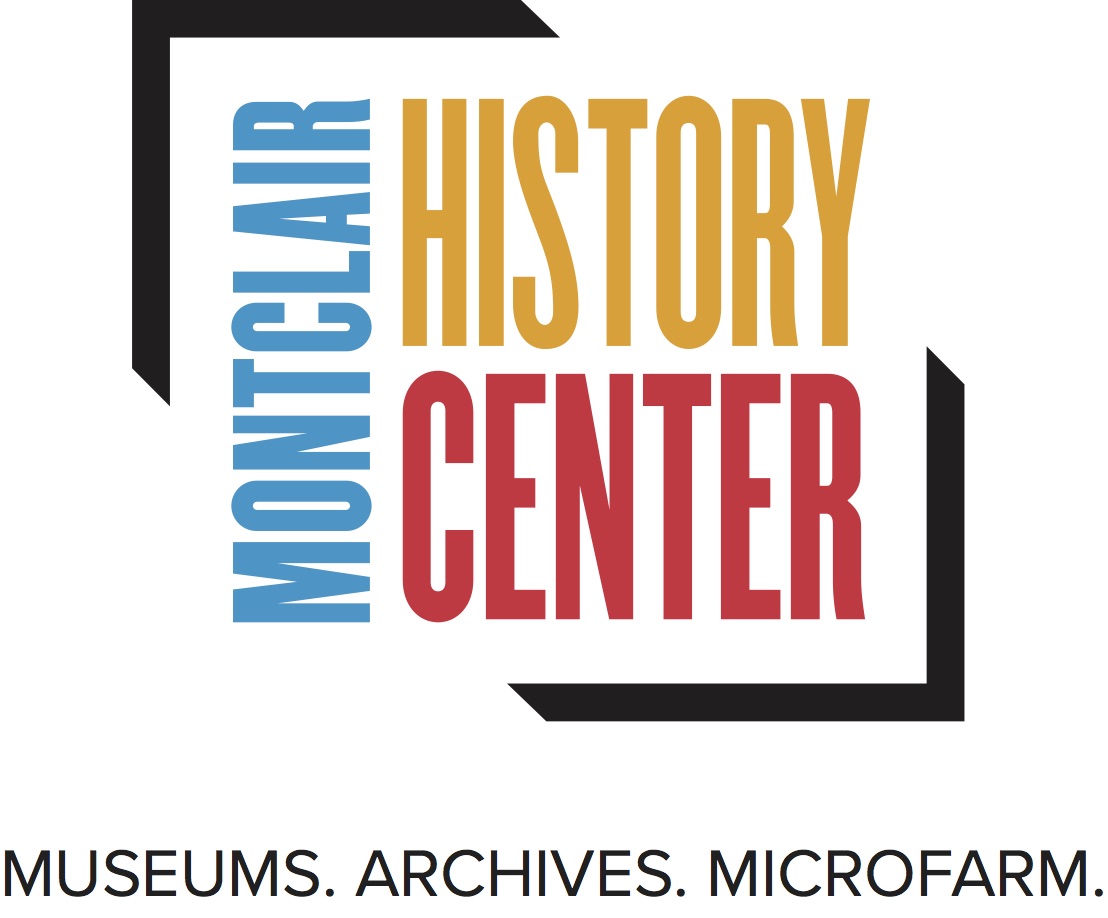Most of us are familiar with the Soldiers & Sailors Memorial in Edgemont Park at 274 Valley Road.
And if, like us, you find yourself stopping before a house, a church, a park, or a cemetery and wondering about its history, send us an email, or share a photo with us on Facebook or Instagram.
Of course, we’ve been walking and wondering our way around Montclair for quite some time now. Taking pictures, doing research, and sharing what we find. Many of the images seen below were previously posted on our social media accounts, but there is a certain pleasure in seeing them all together. We hope you agree!
Here then is the first in a series of posts with 4 themes: schools, firehouses, churches, and train stations.
Schools
Edward Russ Hall, built 1915. Montclair State University (NJ State Normal School). Montclair State University (One Normal Avenue) started in 1908 as a college for teachers. Such colleges were called “Normal Schools,” hence the street name “Normal Avenue” (if you like to learn more about how certain Montclair streets got their names see our post on the subject). The predominant architectural style used throughout the campus is Spanish Mission. The NJ Dept. of Education representative who was responsible for campus development had become enamored of that style on a trip in early 1900.
Morehead Hall – a grand old building on campus that served as a demonstration high school from 1929-1973
Firehouses
Former Engine Co. #1, 95 Walnut Street, built 1906.
This plaque adorned the Montclair Fire Department HQ at 647 Bloomfield Ave when it was built in 1904. When the MFD moved to the newly constructed HQ at One Pine Street, they took the plaque with them.
Churches
Our Lady of Mt. Carmel Church (94-98 Pine Street). Built in 1937 in Romanesque and Gothic styles. Congregants had originally attended Italian-speaking mass at Immaculate Conception Church on South Fullerton Avenue until 1907 when Mt. Carmel’s first wooden church was built near the present site. Efforts to build a larger church began in 1925, but were stalled by Great Depression.
St. Cassian Roman Catholic Church (187 Bellevue Ave) was founded in 1895 to meet the religious needs of Irish domestics in Upper Montclair. The original Shingle-style church, built in 1900, is depicted in the lower left of the stained glass above. It was replaced by the current building in 1995.
Train stations
Door, seen at Lackawanna Train Station (291 Bloomfield Avenue). The 1913 Beaux Arts Style structure replaced two earlier, much less ornate structures (trains to this station began 1856).
Plaque, seen at Lackawanna Train Station (291 Bloomfield Avenue). The architect of station, William Hill Botsford, went down with the Titanic in 1912 and never saw the completed building.
Horse trough, seen at Lackawanna Train Station (291 Bloomfield Avenue). Lackawanna was called the “handsomest and best arranged suburban railway terminal in the United States.”









